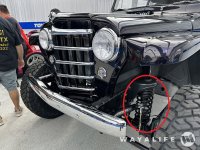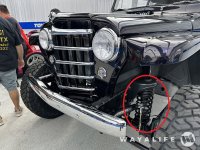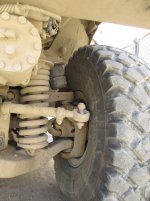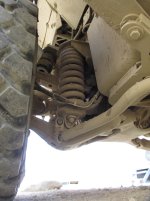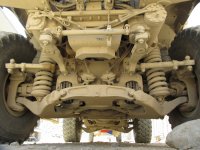Martinnfb
New member
Wow, that is so clean!
As a side note: I don't understand this style of dual or triple rated spring at all. Why would you want to run them when they are in effect, already partially bound? You may as well run spacers. Am I missing something?
View attachment 381449
Here’s a quick write up about progressive rate springs, basically the top sleeps dormant until you flex it.

Linear vs Progressive Rate Suspension Springs | Tech Tips | Hyperco
Learn the differences between linear and progressive rate suspension springs and what these differences could mean to the performance of your ride.
* This was originally posted here

TOYO Black Willys Wagon - SEMA 2022
As most of you know, I am a sucker for old iron and came across this beautifully restored and modernized Willy Wagon at the 2022 SEMA Show Toyo Tread Pass.
 www.wayalife.com
www.wayalife.com
Last edited by a moderator:

